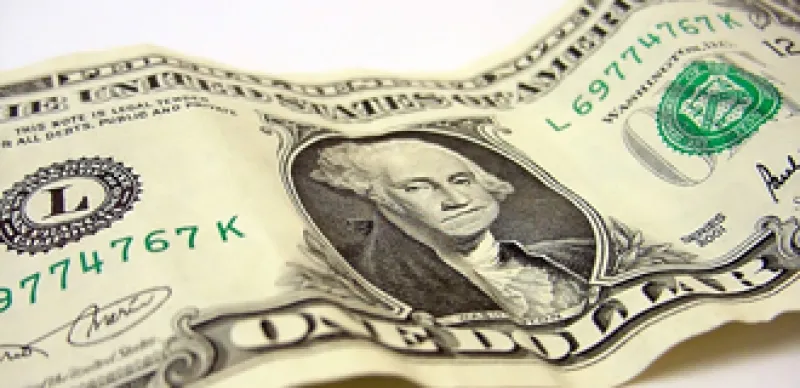Here’s another item that can be added to the list of U.S. imports: Global inflation.
The Bureau of Labor Statistics said last week that import prices for the month of March rose 2.7 percent. That was higher than the consensus estimate of 2.1 percent, according to Barclays Capital economist Peter Newland, who orecasted a gain of 2.4 percent.
The BLS report highlights the growing isolation of the Fed, which is the only major central bank to stick to the emergency easy money policy that was put in place at the height of the credit crisis. The European Central Bank raised rates on April 7 for the first time in almost three years, joining the ranks of central banks in other markets such as China. The Fed signaled in a speech by Vice Chairman Janet Yellen, that it will stick to its current policy for now. The Fed is expected raise rates late this year or early next, and to continue its asset purchases as scheduled until June.
The import price data draws the reasoning of Fed officials such as Yellen and Chairman Ben Bernanke into stark relief. They have argued that inflationary pressures in the U.S. mostly reflect the rise of the oil prices, and are likely to subside.
The report last week, which shows a massive divide between energy price increases and other markets, could in fact bolster that argument. Imported petroleum prices rose 10.5 percent, while non-petroleum prices rose 0.3 percent. The non-petroleum number was below the Barclays forecast, which predicated a rise of 0.6 percent.
Nonetheless, investors are increasingly fearful that the Fed is falling behind the curve. “The dollar is getting annilhilated,” says Jon Ruff, director of research for real asset strategies at AllianceBernstein.
The move away from the dollar -- at a time when it might have been expected to benefit from its traditional safe-haven status, given the crisis in Japan and the upheaval in the Middle East -- reflects investor fear that the Fed is sowing the seeds of an inflation problem by maintaining its policy of low rates and continued asset purchases.
Ruff says the Fed’s analysis gives weight to core inflation, which excludes volatile food and energy prices, and remains in the 1 percent range. The ECB is focused on the “headline” number that includes food and energy, and has exceeded its target of 2 percent.
While some might argue that the Fed and the ECB are both responding in reasonable fashion to a different set of circumstances, Ruff isn’t one of them.
“I don’t think they both can be right. The similarities between the U.S. and Europe are significant. The recovery in the U.S. might not be strong. But it is real,” he says. “The risk is that the Fed is erring on the side of extremely loose monetary policy.”
There are still signs of economic weakness in the U.S. Unemployment is falling, but remains high at 8.8 percent. And the government said on Tuesday that the trade deficit narrowed in February to $45 billion, down from $47 billion. That was less than the $44 billion consensus estimate, according to Barclays, which forecasted a gap of $44.5 billion. That gap reflected “surprisingly weak” exports, which fell 1.4 percent, according to Barclays. In theory, the low value of the dollar should benefit U.S. exporters by making them more competitive on global markets.
While it’s imprudent to read too much into one day’s worth of economic data, the snapshot last week suggested an environment of rising prices and suspect growth. And there’s a word for that: Stagflation.






